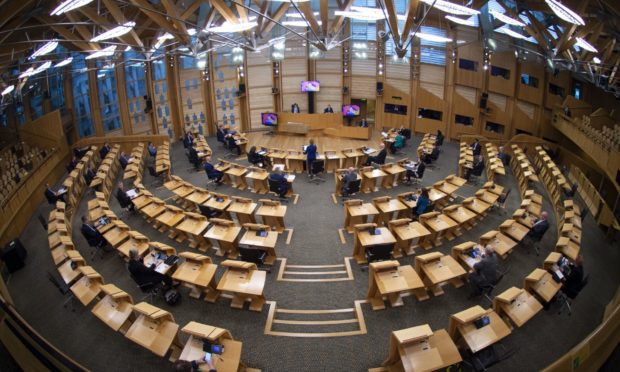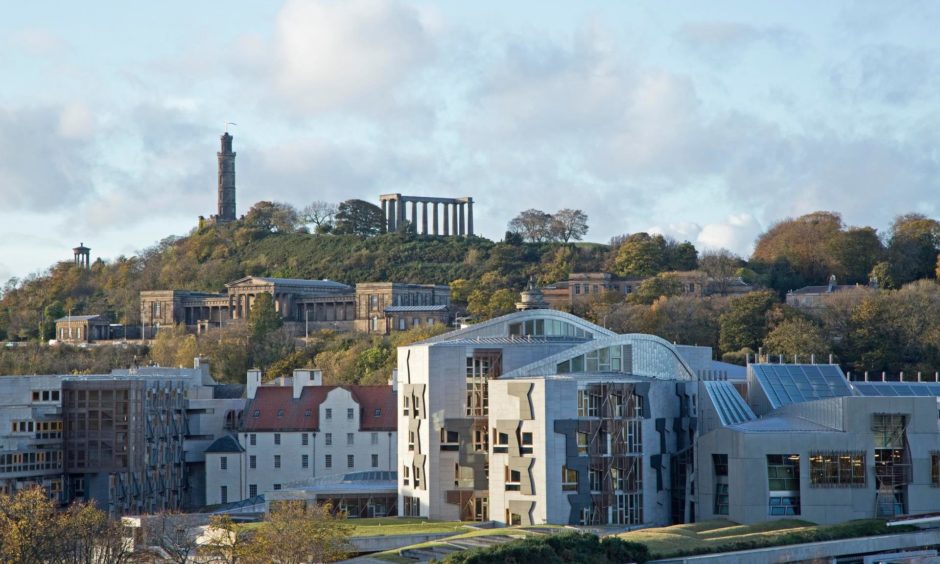Voters in the north and north-east reveal a fascinating spread of political attitudes at the start of a crucial election campaign.
Research from pollsters Survation help build a picture on how Scots are preparing to vote in the Scottish Parliament election – and any future independence referendum.
Based on the in-depth sample studies, we look at voting intentions by age, area and household income across the region.
The insight into what Scots think comes the day after Holyrood shut down, signalling the official start of a campaign that could set the country on a journey to independence or cement our place in the union.
Research suggests the SNP are still just on course for a majority, and hints the battle for second place will come down to the wire between Labour and the Conservatives.
How do Scots split on voting intentions?
Nicola Sturgeon’s SNP have their strongest support among younger Scots, who are also more likely to vote for independence.
Unionist parties are far more evenly split, with Conservatives polling a little bit higher among older voters.
Conservatives are in a tight contest to hold what they won at the last election across the north-east, the research suggests.
The SNP are far ahead in Highland and Aberdeen but slightly behind their main rival in Aberdeenshire. Moray appears to be solidly Conservative.
Income background does not appear to be a big factor in party allegiance. The SNP are ahead in all brackets but less so among more affluent Scots.
Support for the union strongest among older voters
Independence clearly appeals to younger Scots, according to our research, but the spread leaves the likely decision hanging in the balance.
A clear majority of Scots aged 16 to 44 favour leaving the UK, with the split as high as 70% for Yes among under 34s. But it evens out in middle age and swings heavily to No among older voters.
The regional split reveals a mixed picture, with Aberdeen city residents more likely to come out for independence than in more rural Aberdeenshire.
There are also big differences in attitudes between Highland and Moray, with voters in Tory leader Douglas Ross’s patch resolutely opposed to leaving the UK, the research suggests.
People in lower income brackets also lean towards independence, while those earning more than £40,000 appear happier with the union, at 53% for No.
The wider research was carried out by Survation based on responses from more than 2,000 adults in Scotland between March 11 and March 18.

